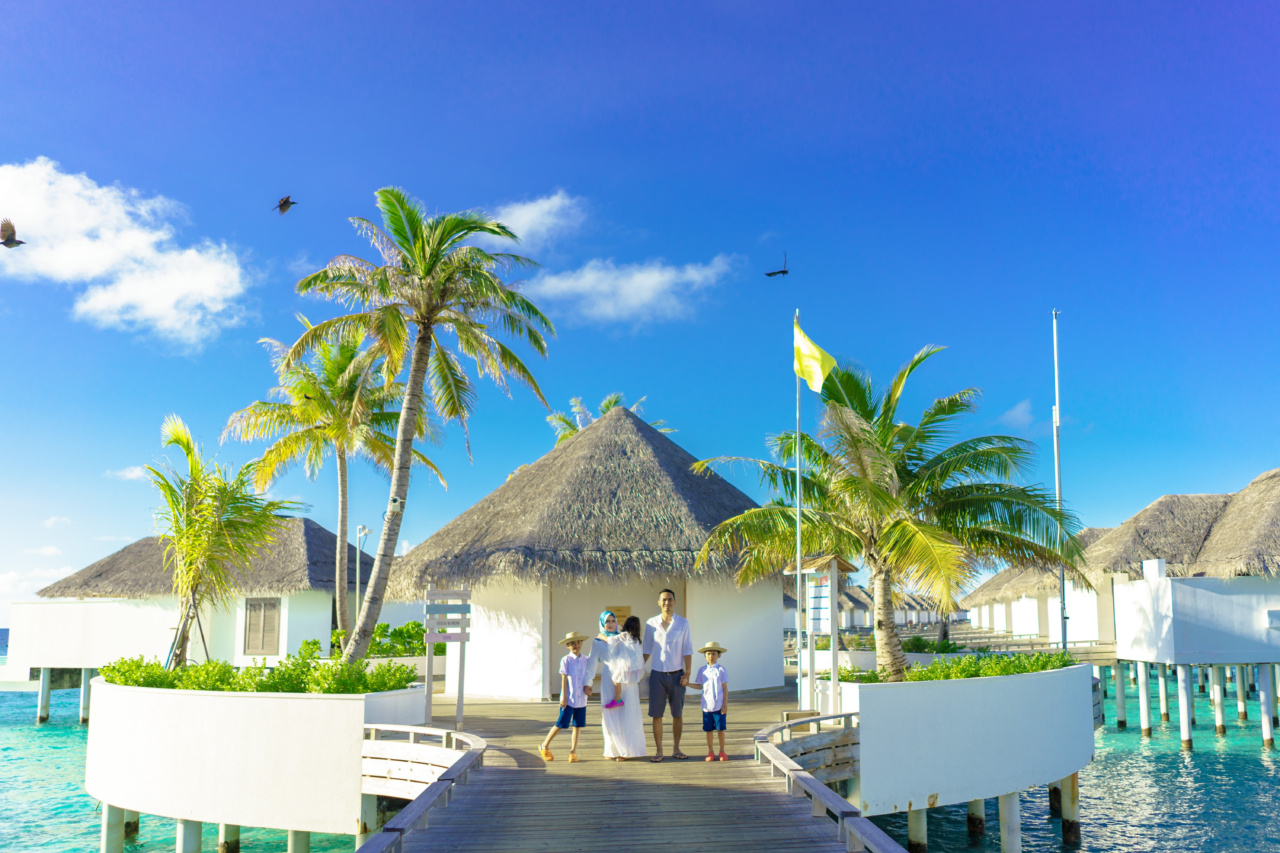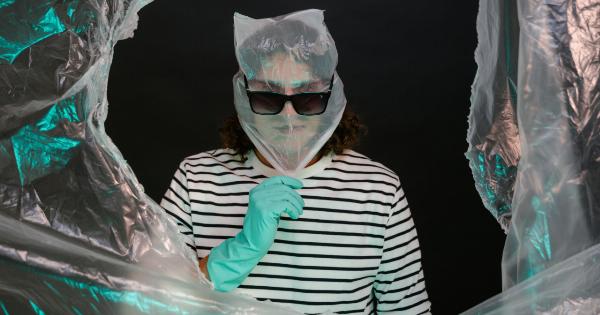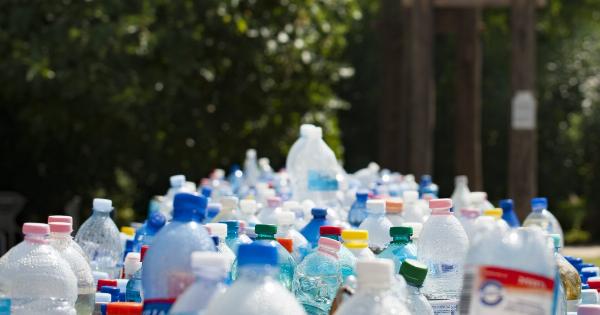The ocean is home to over 230,000 identified species, and many more are yet to be discovered. It is also a source of food, recreation, and livelihood for millions of people worldwide.
However, human activities such as overfishing, pollution, and climate change threaten the ocean ecosystem and its inhabitants. As responsible citizens of this planet, it is our duty to protect and cherish the sea’s offspring. Here are ten ways to do so:.
1. Reduce Plastic Pollution
Plastic pollution is one of the most significant threats to marine life. Every year, millions of tons of plastic waste enters the ocean, harming turtles, birds, fish, and other animals that mistake plastic for food or get entangled in plastic debris.
To reduce plastic pollution, we can:.
- Avoid single-use plastics such as straws, bags, and water bottles.
- Use reusable bags, water bottles, and containers instead of disposable ones.
- Properly dispose of all plastic waste and recycle as much as possible.
2. Support Sustainable Fishing
Fishing is a crucial industry that provides food and income for millions of people worldwide. However, overfishing and illegal, unreported, and unregulated fishing practices are depleting fish stocks and harming ocean ecosystems.
To support sustainable fishing, we can:.
- Choose sustainable seafood options that are certified by organizations such as the Marine Stewardship Council.
- Avoid buying or consuming endangered or overfished species.
- Support local and small-scale fishers who use responsible and sustainable fishing practices.
3. Reduce Carbon Footprint
Carbon dioxide emissions from human activities such as burning fossil fuels and deforestation are causing climate change, which is affecting the ocean and its inhabitants.
The ocean absorbs about 25% of the carbon dioxide in the atmosphere, making it more acidic and less habitable for many species. To reduce our carbon footprint, we can:.
- Use more public transportation, bicycles, or walk instead of driving.
- Reduce energy consumption by turning off lights and appliances when not in use.
- Use renewable energy sources such as solar or wind power.
4. Support Marine Conservation
There are many organizations and initiatives working to protect the ocean and its inhabitants, such as marine sanctuaries, protected areas, and wildlife reserves. We can support marine conservation by:.
- Donating to marine conservation organizations such as the Ocean Conservancy or Seafood Watch.
- Volunteering for beach cleanups, ocean surveys, or conservation projects.
- Supporting policies and legislation that protect the ocean and its inhabitants.
5. Avoid Harmful Chemicals
Chemicals such as pesticides, fertilizers, and industrial pollutants can accumulate in the ocean and harm marine life. To avoid harmful chemicals, we can:.
- Use natural and organic products instead of chemical-based ones.
- Dispose of hazardous waste properly and avoid dumping it in drains or water sources.
- Support companies and products that use eco-friendly and non-toxic ingredients.
6. Respect Marine Wildlife
Marine wildlife such as whales, dolphins, and sea turtles are essential and beautiful creatures that deserve our respect and protection. We can respect marine wildlife by:.
- Observing marine animals from a distance and avoiding interactions that could harm or disturb them.
- Not feeding or touching marine animals, as this could alter their natural behavior and diet.
- Supporting marine conservation efforts that protect marine wildlife and their habitats.
7. Educate Others
Education is a powerful tool for raising awareness and promoting action for marine conservation. We can educate others by:.
- Sharing information and resources on marine conservation through social media, blogs, or personal contacts.
- Organizing or participating in educational events, workshops, or talks.
- Supporting environmental education programs and initiatives in schools and communities.
8. Use Eco-Friendly Products
Many products we use every day have an impact on the ocean and its inhabitants, such as cleaning products, personal care products, and textiles. To use eco-friendly products, we can:.
- Choose products that are labeled as organic, natural, or eco-friendly.
- Reduce the amount and frequency of product use, as many products can be harmful even in small quantities.
- Dispose of products properly and avoid flushing or washing them down the drain.
9. Learn to Sail Responsibly
Sailing is a popular activity that allows us to experience the ocean and its beauty, but it also has an impact on the ocean and its inhabitants. To learn to sail responsibly, we can:.
- Take sailing courses or certifications that promote responsible and safe sailing practices.
- Respect marine regulations and laws, such as speed limits and protected areas.
- Use eco-friendly sailing products and techniques, such as non-toxic antifouling paint and wind power.
10. Live a Minimalist Lifestyle
A minimalist lifestyle is a way of living that prioritizes simplicity, sustainability, and contentment over materialism and consumerism. To live a minimalist lifestyle, we can:.
- Reduce our consumption and waste of resources such as water, energy, and food.
- Choose quality over quantity when buying products and avoid unnecessary purchases.
- Focus on experiences, relationships, and personal growth instead of material goods and status.
Cherishing the sea’s offspring is a responsibility and a privilege that we can all uphold. By taking care of the ocean and its inhabitants, we also take care of ourselves and future generations.





























